A Comprehensive Guide to Attracting and Supporting Monarch Butterflies
Remember when seeing a monarch butterfly was a common summer sight? Sadly, that’s becoming rarer. But here’s the good news: by planting milkweed for butterflies in your garden, you can help these beautiful insects make a comeback. Let’s talk about why milkweed matters, what the best milkweed for butterflies is for your location, and how you can grow it.
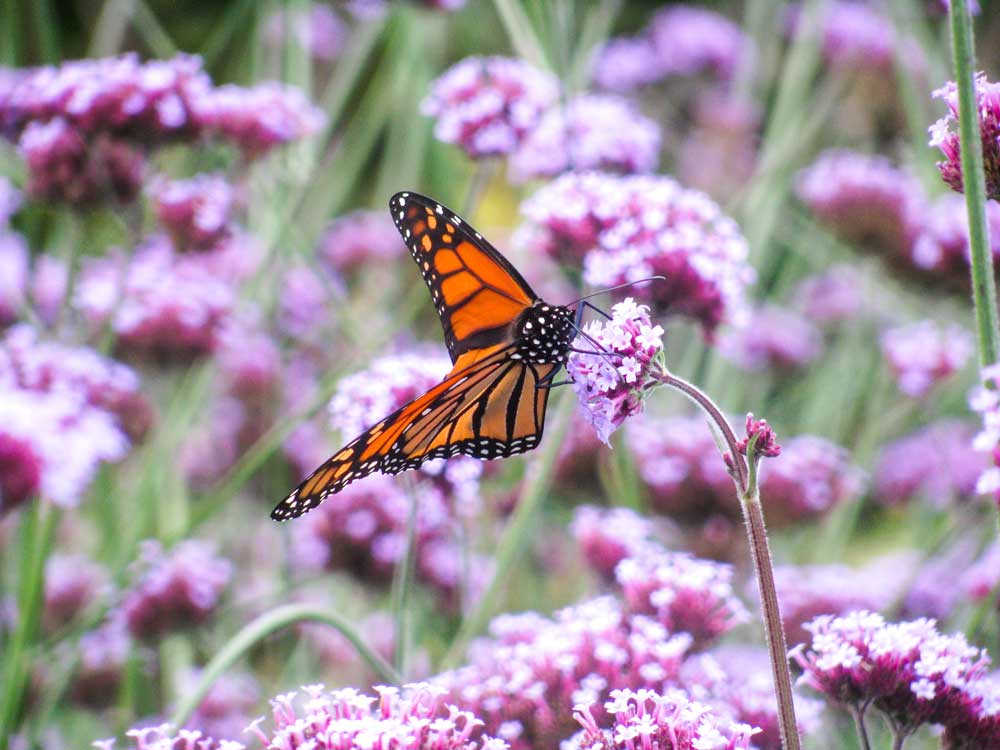
Why Monarchs Need Our Help
According to most research, monarch butterfly numbers have dropped sharply in recent decades. In the eastern U.S., their population is down by 80% since the 1980s. Out west, it’s even worse – a 99.9% decline. That’s a big problem, and it’s largely because monarchs are losing their habitat, especially milkweed.
Karen Oberhauser, a monarch researcher at the University of Wisconsin-Madison, puts it simply: “We’re seeing a dramatic decline in one of nature’s most amazing creatures.”
Note that there is some recent research suggesting that when viewed over very long periods, the downturn in monarch numbers might be part of a larger natural cycle. However there is little doubt that we don’t know enough about monarch survivability to downplay the critical role of native milkweeds, whose historical treatment as true “weeds” by landscape and agricultural interests has seriously impacted monarch populations.
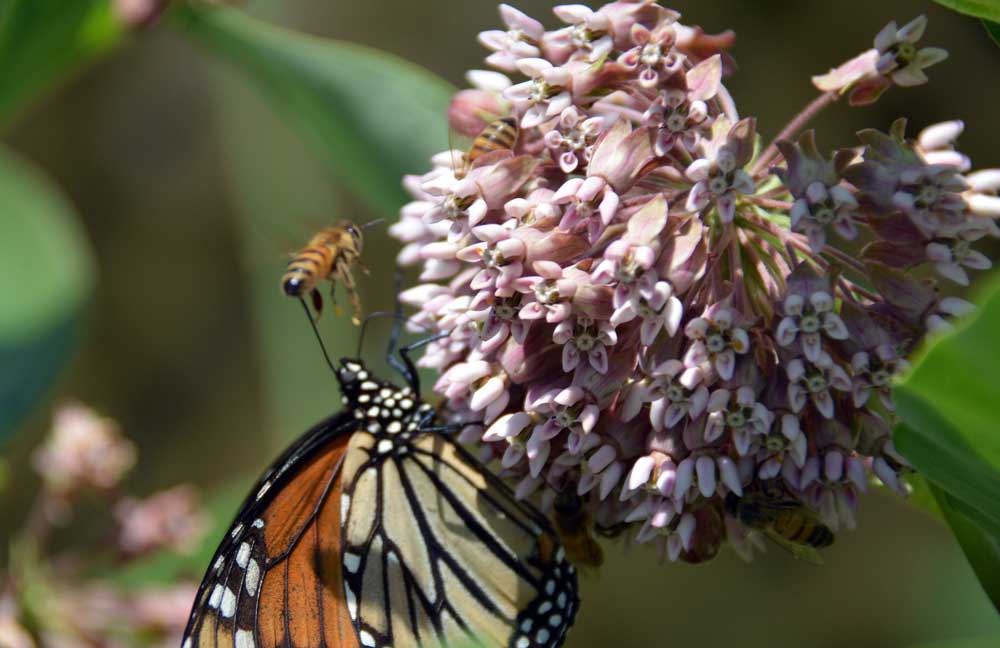
Milkweed plants are crucial for the survival of monarch butterflies. Monarch caterpillars feed exclusively on milkweed, and the plant’s cardenolides, or toxic chemicals, make both the caterpillars and adult butterflies unpalatable to predators.
Milkweed: More Than Just a Weed
Milkweed isn’t just another plant to monarchs – it’s essential. It’s the only plant their caterpillars can eat, and it helps protect them from predators too.
Anurag Agrawal, who wrote a book about monarchs and milkweed, explains it like this: “Milkweed has chemicals that are toxic to most animals. Monarchs have evolved to use these toxins as a defense, making themselves taste bad to predators.”
Pretty clever, right? This protection even lasts after the caterpillar becomes a butterfly.
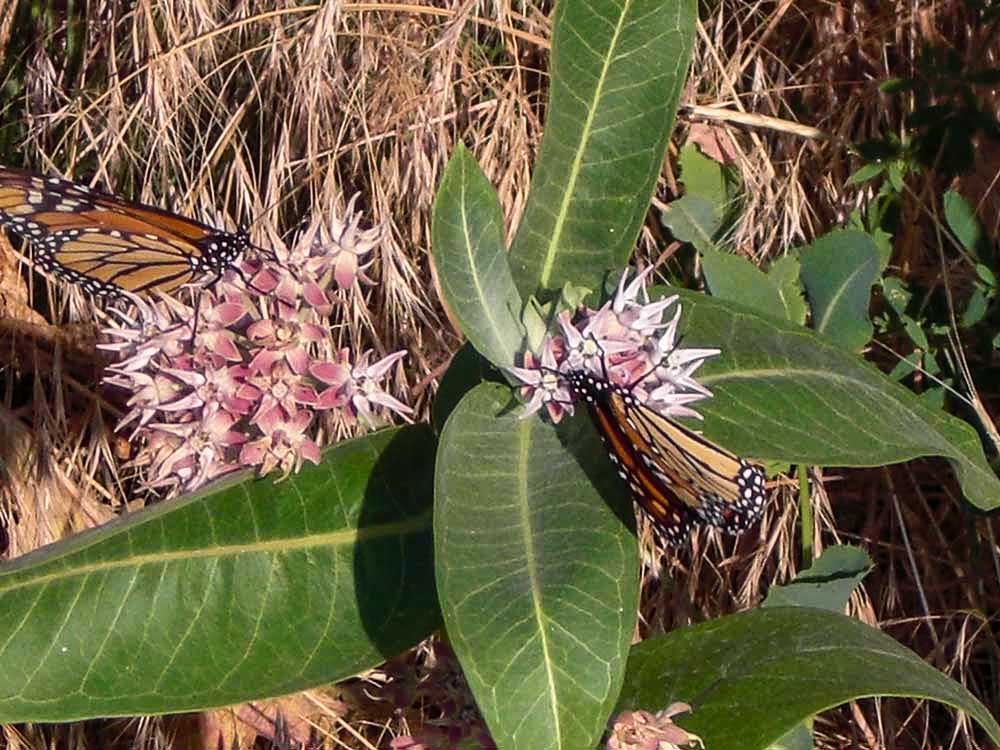
Choosing the Right Milkweed
There are over 100 types of milkweed native to North America. Here are some good options for your garden:
- Common Milkweed (Asclepias syriaca): This tough plant grows well in most of the eastern and central U.S. It has sweet-smelling pink flowers that butterflies love.
- Swamp Milkweed (A. incarnata): This species is highly recommended for supporting monarchs. It is known for its suitability in urban gardens and its ability to attract and support monarch larvae effectively. It also offers a good floral display, which can attract adult butterflies and other pollinators. Despite its name, this one does fine in regular garden soil. It’s great for areas that get a bit more water.
- Butterflyweed or Butterfly Milkweed (A. tuberosa): With bright orange flowers, this one’s a real eye-catcher. It handles dry conditions well, making it perfect for sandy soils. Known for its vibrant orange flowers, it is effective in both urban and rural settings and provides a good habitat for monarch caterpillars.
- Showy Milkweed (A. speciosa): If you’re in the western U.S., try this one. It has big, pink flower clusters and soft, wide leaves.
- Antelope Horns (A. asperula): This low-growing plant is ideal for Texas and the southwest. Its seed pods look a bit like antelope horns, hence the name.
One important word of caution: avoid tropical milkweed (Asclepias curassavica). It’s not native and can disrupt monarch migration patterns and can cause other problems for monarchs, for example spreading debilitating parasites like Ophryocystis elektroscirrha (OE) .
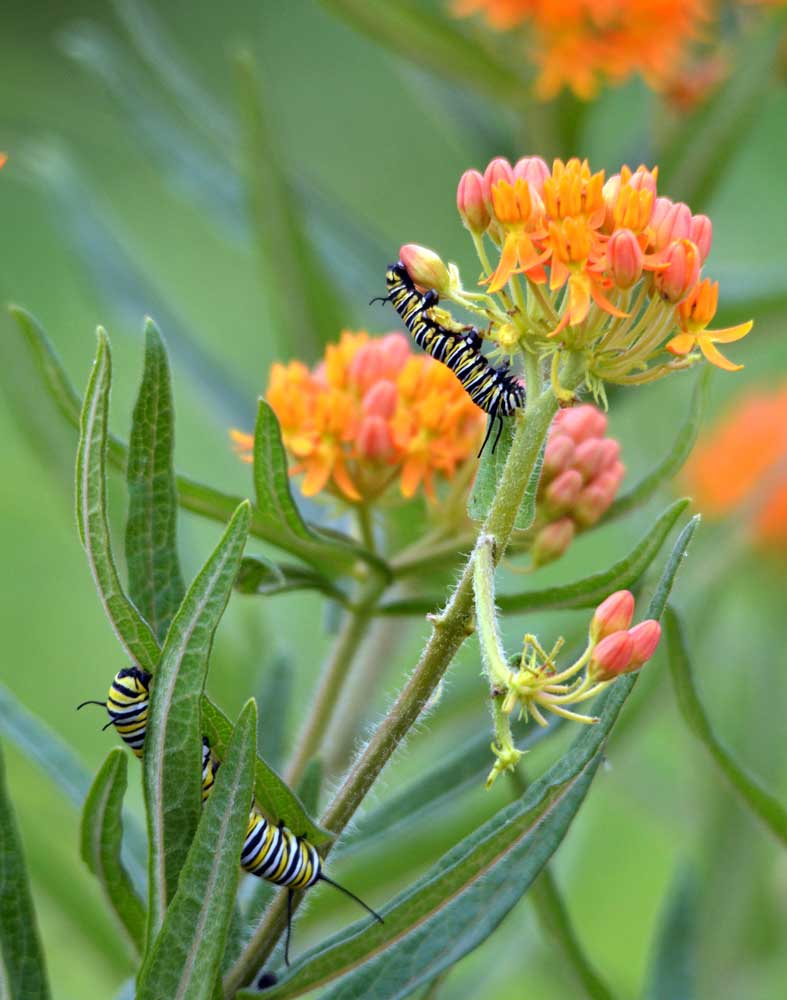
Planting Milkweed for Monarchs
Timing matters when planting milkweed. Chip Taylor, who started a group called Monarch Watch, says, “In most places, planting in fall works best. The seeds naturally go through the cold period they need over winter.”
If you’re planting in spring, you’ll need to give the seeds some cold treatment first. Just put them in damp sand in a plastic bag and keep them in the fridge for a month before planting.
When you’re ready to plant, put the seeds about 1/4 inch deep in the soil. Keep the soil damp until you see sprouts. Once the plants are growing, space them 18-24 inches apart so they have room to spread.
Caring for Milkweed
Milkweed is generally easy to grow and requires minimal maintenance:
- Sun and Soil: Ensure your milkweed receives full sun (at least 6 to 8 hours a day) and is planted in well-drained soil.
- Watering: Keep the soil moist until seedlings are established, but most milkweed species are drought-tolerant once mature.
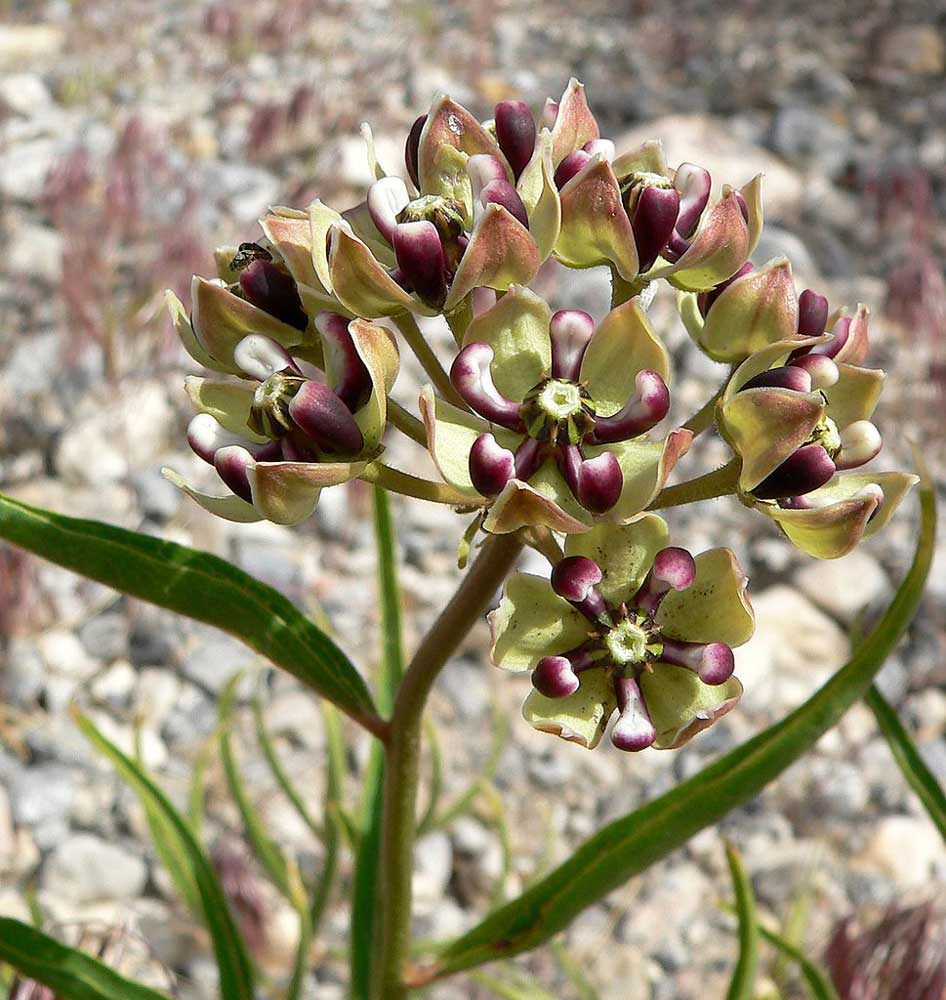
Creating a Monarch-Friendly Garden
To create a garden that supports monarchs and other pollinators:
- Avoid Pesticides: Refrain from using pesticides, particularly neonicotinoids and other commercial products, which can harm pollinators. If you plan to buy live plants in containers, keep in mind that a recent Xerces Society study found pesticides in all of the samples of milkweed plants from retail nurseries across 15 states. It’s another factor that favors growing your own plants from seed.
- Diverse Plantings: Include a variety of nectar-rich flowers to provide food for adult butterflies and other pollinators throughout the season.
Creating a Butterfly-Friendly Garden
Milkweed is great for caterpillars, but adult butterflies need nectar from other flowers too. Douglas Tallamy, an expert on native plants, suggests, “Try to have different flowers blooming from spring through fall. Late-season flowers like asters, goldenrod, and native sunflowers are especially important for monarchs getting ready to migrate.”
Some other good plants for your butterfly garden include:
- Joe-Pye Weed
- New England Aster
- Liatris (also called Blazing Star)
- Native lantana (if you live in the South)
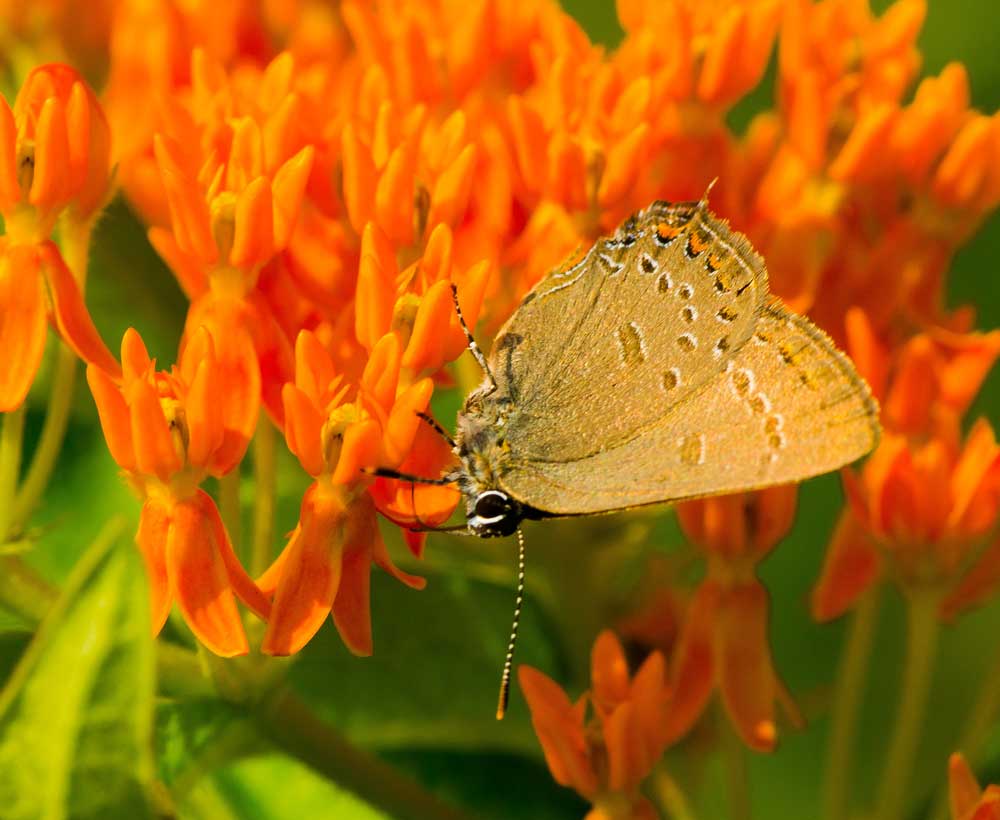
It’s Not Just About Monarchs
Beyond supporting monarchs, milkweed attracts a variety of pollinators, including bees and hummingbirds, enhancing the biodiversity of your garden. When you plant for monarchs, you’re helping lots of other creatures too. Mary Phillips from the National Wildlife Federation says, “These gardens become hotspots for all kinds of pollinators, from bees to hummingbirds. It’s like creating a little nature preserve in your yard.” By planting native milkweed species, you also contribute to the restoration of monarch habitats and help offset the loss of milkweed in the wild.
Plus, a monarch garden can be a great learning tool. Many schools are using butterfly gardens to teach kids about nature, migration, and even climate change.
Every Garden Helps
With all the bad news about the environment, it’s easy to feel overwhelmed. But planting milkweed is something simple you can do to make a real difference.
As Chip Taylor puts it, “Every milkweed plant, every flower, every pesticide-free garden is a step in the right direction. It might seem small, but when people all over the country do it, it adds up to something big.”
So why not give it a try? Plant some milkweed, add a few native flowers, and skip the pesticides. Before you know it, you might have monarchs visiting your yard. And you’ll know you’re doing your part to help these amazing butterflies stick around for future generations to enjoy.
